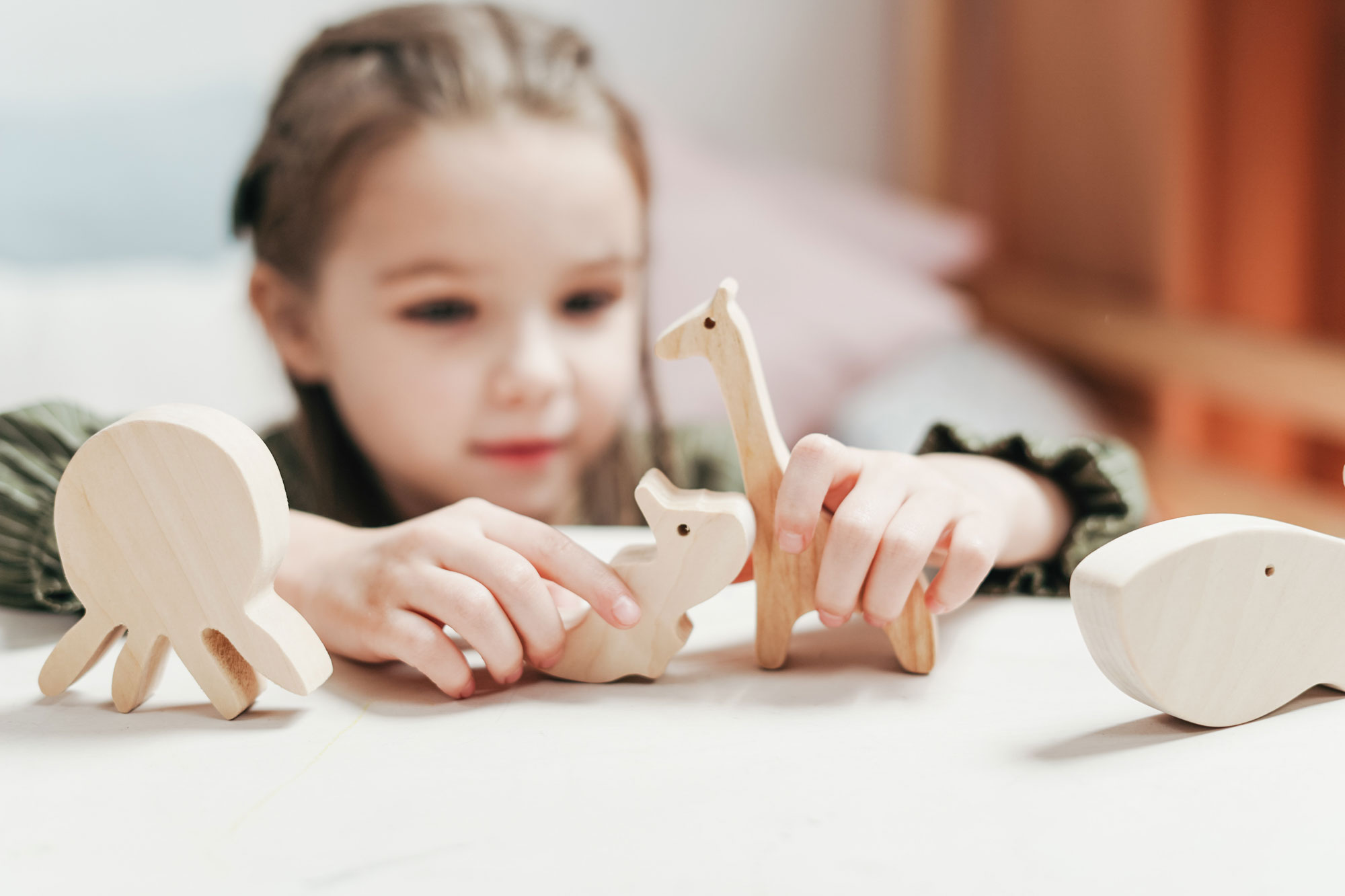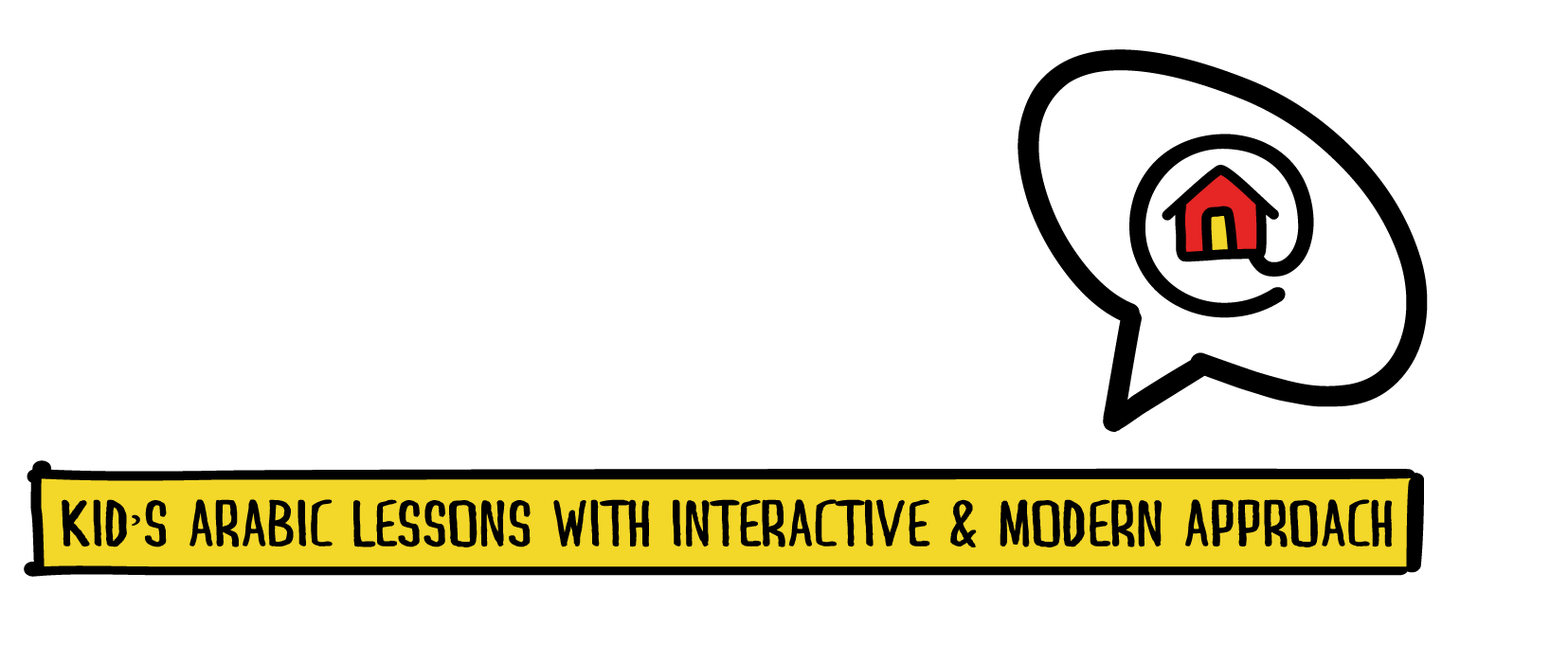Why is it important to teach immigrants Arabic through storytelling and games?
How children can learn a language faster
Marhaba! With the rise of migration from the Arab world, many parents are struggling with implementing Arabic in the daily life of their children. Not only this, the curriculum in the Arab world is outdated and boring and doesn’t teach Arabic lessons for kids in an innovative way.
What can you, as a mother, do? It’s simple. Learn about TPRS.
What is TPRS?
A Californian teacher of Spanish called Blaine ray developed in the 90’s the concept of TPRS, which is Teaching Proficiency through Reading and Storytelling. As you can see, it involves exposing kids to the language and making it in their everyday life rather than only teaching uninteresting grammar.
What problems occur when teaching Arabic language?
1. Lack of interest: You can’t force your child to sit in front of you to learn grammar and “boring” Arabic. Kids are full of life; let their learning process be full of life as well!
2. No engagement: It happens when the learning process is boring and tough.
3. Not having a partner who makes things easier.
The solutions we propose:
1. Storytelling is fun! All kids love stories and games.
2. With storytelling and games, your child will engage with you thanks to role-playing in stories, the interaction, the excitement, the gestures, and the pictures. In other words, an interesting story will solve the engagement problem.
3. Join an Arabic learning community that supports you and your child. Join KALIMA! We don’t just teach you kids One-on-one Arabic lessons online; we also support you throughout the whole process.
Not convinced yet?
Research has shown that children learn a new language and become fluent if they have a lot of exposure to it over a long time. They should hear words over and over, in different contexts and different ways. Storytelling not only will enhance the students’ long-term memories and the path towards the learning of language, but it will also improve their imagination and their communication skills and will create bonding with the parents.
How to implement teaching with TPRS?
1. Pick target words, translate their meanings, put their pictures and write them on the board.
2. Tell a story using the target words, do gestures and repeat the words as many times as you wish.
3. Your kid should retell the story again, and you should continue the story with the ending/details that your child gives. Not only will you boost their confidence and imagination, but you’ll give them the chance to use the target words many times.
4. Explain grammar, but don’t make it your priority.
Another idea for fun learning: Word games and flashcards. Flashcards will grab the attention of your kids because the pictures of these terms/objects already exist in their environment, so pictures and colors will make it easier for them to memorize the words.
Teach Arabic language and expand the vocabulary of your children with these games because learning to speak Arabic with books, puzzles, word games, and toys is fun and engaging!
Did you try this method with your child? What do you think? Did it improve their Arabic Reading and Writing? We’d love to hear your thoughts.
Follow us on social media
Insta: @kalima.lb


